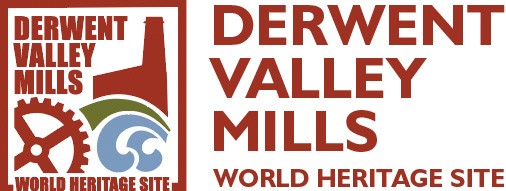Milford

Welcome to Milford
Interpretation Trail
Milford is an important element of the Derwent Valley Mills World Heritage Site. There are interpretation panels in the village to help you find out more about the key historic areas. There are also a series of waterwheel-shaped plaques to look out for, with details on how to find out more information. This map will help you to find the boards and plaques.
To download a copy of the map click here
Milford and Belper – industrial communities in an idyllic setting
This is an area of friendly and welcoming communities, home to people with a strong sense of place and a deep pride in their heritage. With a tradition of entrepreneurs, creatives and independent traders, these are vibrant towns and villages which celebrate their history and community spirit through festivals of arts, music and food.
Here, the Strutt family created new industrial communities in a pastoral landscape, much of which still remains. The legacy of these pioneers is everywhere to be seen – in stone-built mills, weirs, workers’ cottages, allotments and public buildings – their revolutionary ideas reaching out across the globe.
Today, the community’s connection with landscape is strong. This place of wide valley views, rolling hills and a river which constantly shifts its mood – from powerful to serene – provides havens for wildlife and a sense of awe for the many who visit.
A short history of Milford and Makeney

The earliest references to Milford and neighbouring Makeney are made in the Domesday Book of 1087, when there was a ford crossing for the River Derwent at this point. Industry clustered close to this crossing long before the Strutt family came to run their mills in Milford, in fact the area was known as New Mills for centuries.
The Duke of Devonshire’s lands came as far as the village, and the Duchy owned land here including a corn mill powered by the river. There was a chain ferry across the Derwent, which was a precarious crossing, eventually replaced by a toll bridge built by William Strutt, eldest son of Jedidiah.
Jedidiah was one of the entrepreneurs who, by harnessing waterpower, developed the factory system and, for the first time, mass production. Before then people made thread by hand. Once mills and factories were built, they housed machines which were fast and efficient and could run continually, making thread more plentiful and cheaper. The production of cheaper cloth enabled everyone, not just the wealthy, to buy more cloth and our modern fashion industry was founded.
Jedidiah had financed Richard Arkwright and was a partner in his Cromford Mill before building his own mills at Belper from 1776. From 1781 he began buying land in Milford, and it wasn’t long before mills and a mill-worker community had been established in the village.
These included a bleaching mill and a dye-works, where the world renowned ‘Turkey Red’ dye was developed and used. A school was built as part of the complex from 1819, and is one of the county’s oldest-surviving school buildings still in their original use.
Better valley transport came in 1838-40, with a Stephenson-built railway – but it by-passed Milford through the second-longest railway tunnel in the world (at the time). The tunnel entrance can be seen from Chevin Road and is an impressive stone archway.
At Makeney, Dark Lane is believed to be the route which brought Mary Queen of Scots in September 1569 past the Holly Bush Inn on her way to Tutbury Castle from Wingfield Manor. Nearby, in 1818, Anthony Radford Strutt bought a farmhouse and rebuilt it. His great-nephew Herbert Strutt enlarged into a mansion, now known as the Makeney Hall Hotel.
Milford and Makeney are still beautiful villages and although much of the mill site was demolished in 1964, historic features can still be found around every corner.

